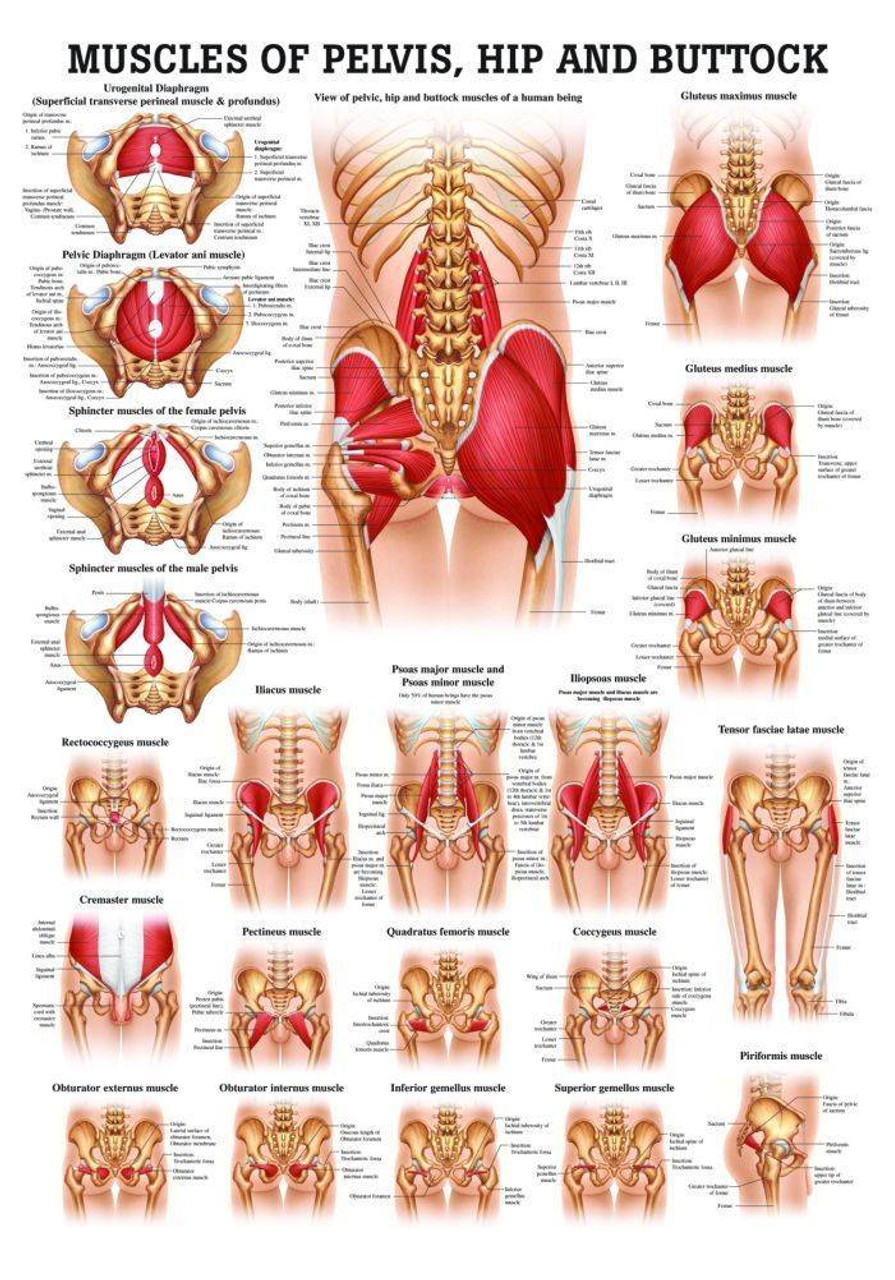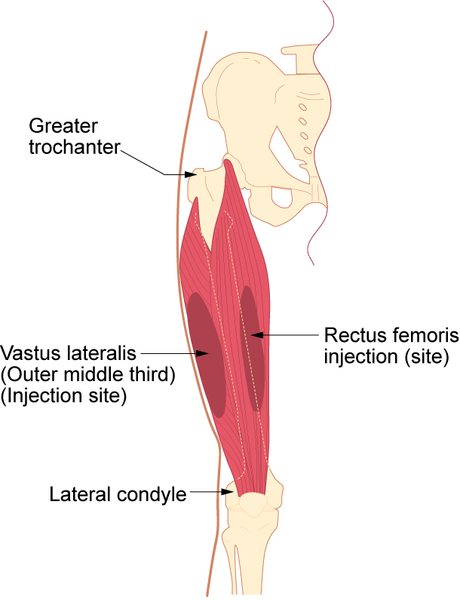Hip Muscles Diagram - Muscles Of Thigh And The Hip Human Anatomy Organs : The four groups are the anterior group, the posterior group, adductor group.
Hip Muscles Diagram - Muscles Of Thigh And The Hip Human Anatomy Organs : The four groups are the anterior group, the posterior group, adductor group.. There are various hip flexor muscles that all work to. In human anatomy, the muscles of the hip joint are those muscles that cause movement in the hip.most modern anatomists define 17 of these muscles, although some additional muscles may sometimes be considered. These muscles run from the lower spine and pelvis, join together, then attach by a tendon to the upper thigh. Ligaments are soft tissue structures that connect bones to bones.a joint capsule is a watertight sac that surrounds a joint.in the hip, the joint capsule is formed by a group of three strong ligaments that connect the femoral head to the acetabulum. The iliopsoas muscle is a powerful hip flexor that runs across the top of the hip joint and works to pull the knee up and off the ground.
It is also referred to as a ball and socket joint and is surrounded by muscles, ligaments, and tendons. Understanding the possible causes of hip flexor pain has a number of benefits. Iliopsoas muscle, a hip flexor muscle that attaches to the upper thigh bone. This article will introduce the muscles in each group and touch on their origin, insertion, function, and innervation. Hip flexion is maximal with a high, forward kick that brings the leg above the level of the waist.

Hip pain can sometimes be caused by diseases and conditions in other areas of your body, such as your lower back.
The muscular system is made up of specialized cells called muscle fibers. The many muscles of the hip provide movement, strength, and stability to the hip joint and the bones of the hip and thigh. What that means in practical terms is that they turn the leg outward. The hip flexors are several muscles that bring your legs and trunk together in a flexion movement. Ligaments are soft tissue structures that connect bones to bones.a joint capsule is a watertight sac that surrounds a joint.in the hip, the joint capsule is formed by a group of three strong ligaments that connect the femoral head to the acetabulum. Rectus femoris and the sartorius can cause some movement in the hip joint but these muscles primarily move the knee, and not generally classified as muscles of the hip. Hip flexion is maximal with a high, forward kick that brings the leg above the level of the waist. Functionally, the hip joint enjoys a very high range of motion. The four groups are the anterior group, the posterior group, adductor group. Understanding the possible causes of hip flexor pain has a number of benefits. Smartdraw includes 1000s of professional healthcare and anatomy chart templates that you can modify and make your own. The diagram shows the posterior (rear) view of the buttock. The muscles in the hip are responsible for the movement of the hip and, by proxy, the leg.
You can strain or tear your hip flexor muscles through sudden movements or falls. The four groups are the anterior group, the posterior group, adductor group. This article will introduce the muscles in each group and touch on their origin, insertion, function, and innervation. In human anatomy, the muscles of the hip joint are those muscles that cause movement in the hip.most modern anatomists define 17 of these muscles, although some additional muscles may sometimes be considered. Extension, flexion, adduction, and abduction.

As you can see from the diagram to the right, there are many muscles and tendons that make up the hip and buttocks region.
It's made up of two muscles: More commonly, our hips flex to a 90° angle when we sit. The hip flexors are several muscles that bring your legs and trunk together in a flexion movement. Smartdraw includes 1000s of professional healthcare and anatomy chart templates that you can modify and make your own. The hip muscles work together to carry out 4 different types of movement: When you flex your hip, you move the leg forward. Muscle recovery anatomy 12 photos of the muscle recovery anatomy anatomy of muscle recovery, muscle recovery anatomy, human muscles, anatomy of muscle recovery, muscle recovery anatomy. Large ligaments, tendons, and muscles around the hip joint hold the bones (ball and socket) in place and keep it from dislocating. The strong muscles of the hip region also help to hold the hip joint together and prevent dislocation. Understanding the possible causes of hip flexor pain has a number of benefits. The muscles of the hip can be divided into three different. The muscles in the hip are responsible for the movement of the hip and, by proxy, the leg. The group of hip muscles called the deep six is a set of small muscles, deep inside the hip, that laterally rotates the leg in the hip joint.
The femur may also rotate around its axis about 90 degrees at the hip. They can be divided into three main groups: Muscle recovery anatomy 12 photos of the muscle recovery anatomy anatomy of muscle recovery, muscle recovery anatomy, human muscles, anatomy of muscle recovery, muscle recovery anatomy. Rectus femoris and the sartorius can cause some movement in the hip joint but these muscles primarily move the knee, and not generally classified as muscles of the hip. These are often divided into four groups according to their orientation around the hip joint:

This article will introduce the muscles in each group and touch on their origin, insertion, function, and innervation.
Hip flexion is maximal with a high, forward kick that brings the leg above the level of the waist. It is also referred to as a ball and socket joint and is surrounded by muscles, ligaments, and tendons. The muscles that pull the legs together, such as those needed when riding a horse, are the adductor muscles of the hip.they originate at the pelvis and attach to the femur. Large ligaments, tendons, and muscles around the hip joint hold the bones (ball and socket) in place and keep it from dislocating. The thigh bone or femur and the pelvis join to form the hip joint. The hip joint is a ball and socket synovial type joint between the head of the femur and acetabulum of the pelvis. These are often divided into four groups according to their orientation around the hip joint: It's made up of two muscles: The piriformis is the horizontal muscle in the center of the picture running over the top of the sciatic nerve. What the deep six hip muscles do. In human anatomy, the muscles of the hip joint are those muscles that cause movement in the hip.most modern anatomists define 17 of these muscles, although some additional muscles may sometimes be considered. The iliopsoas muscle is a powerful hip flexor that runs across the top of the hip joint and works to pull the knee up and off the ground. The diagram shows the posterior (rear) view of the buttock.
Komentar
Posting Komentar